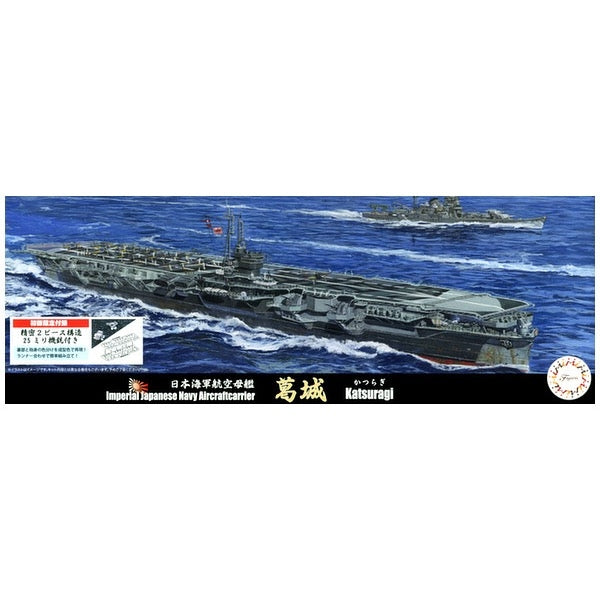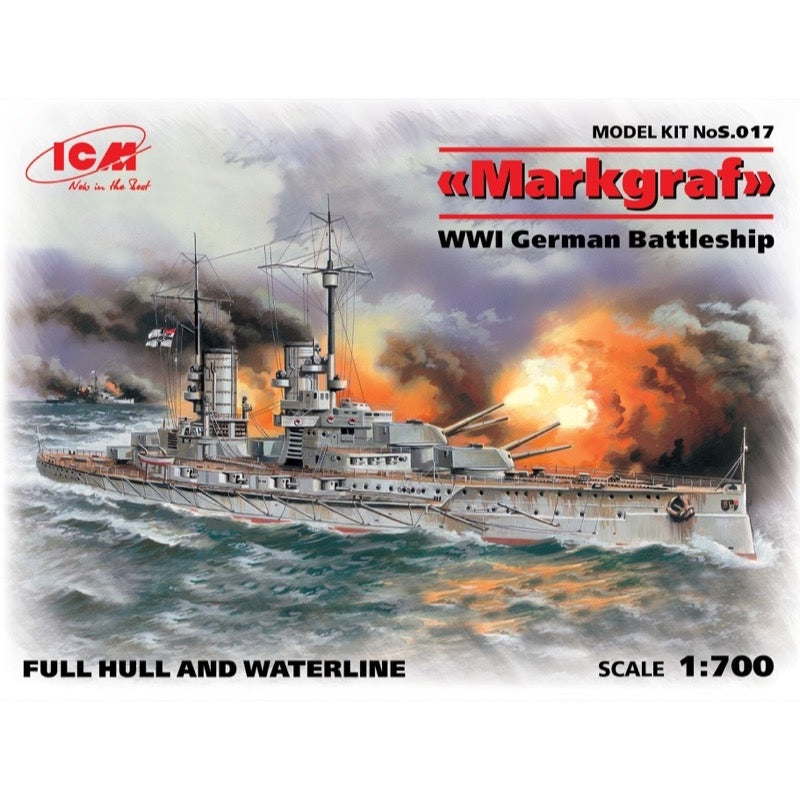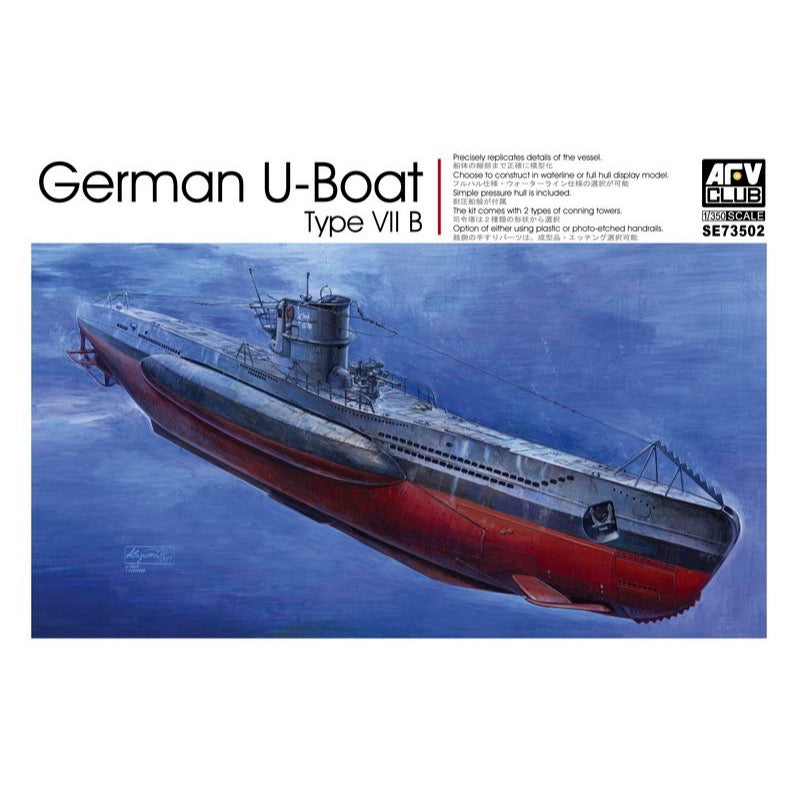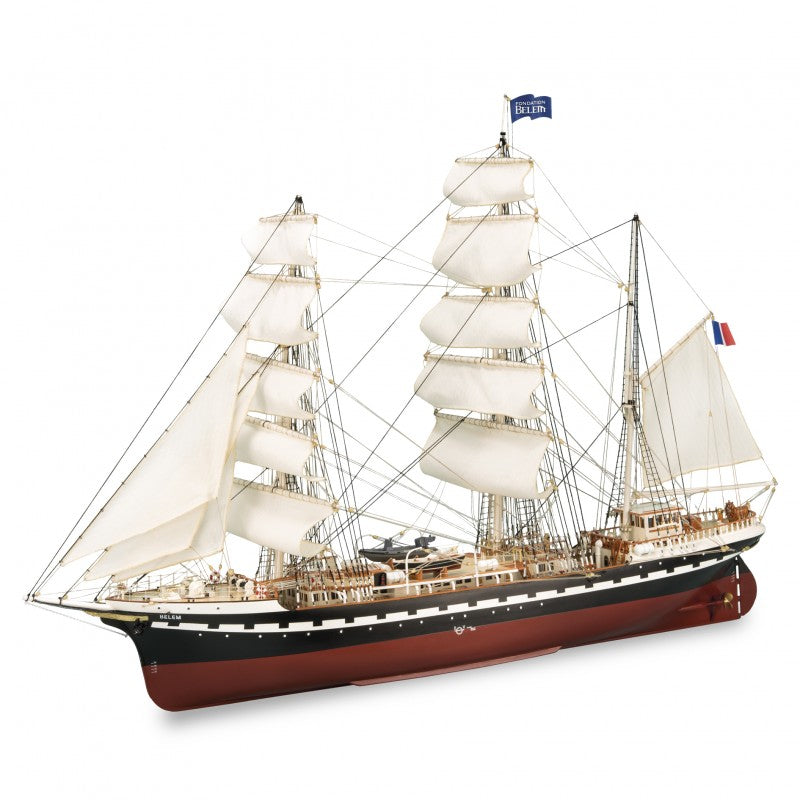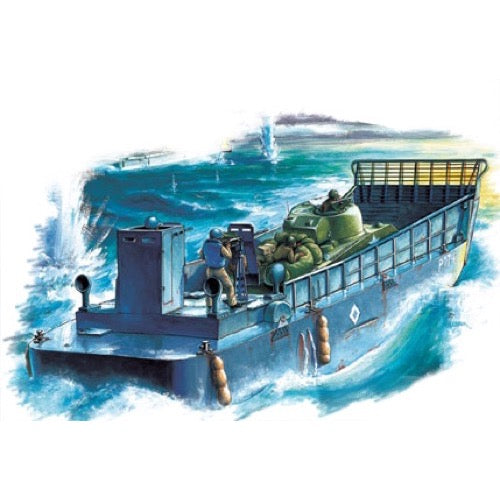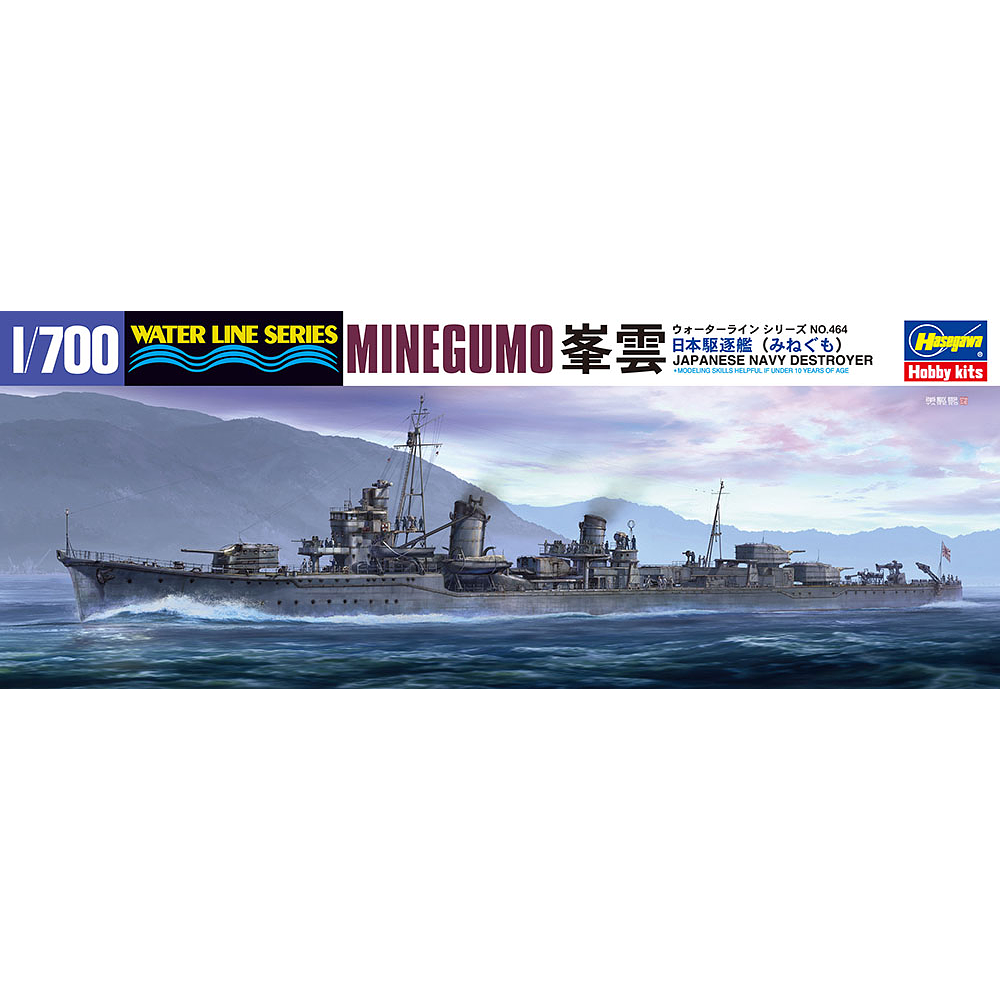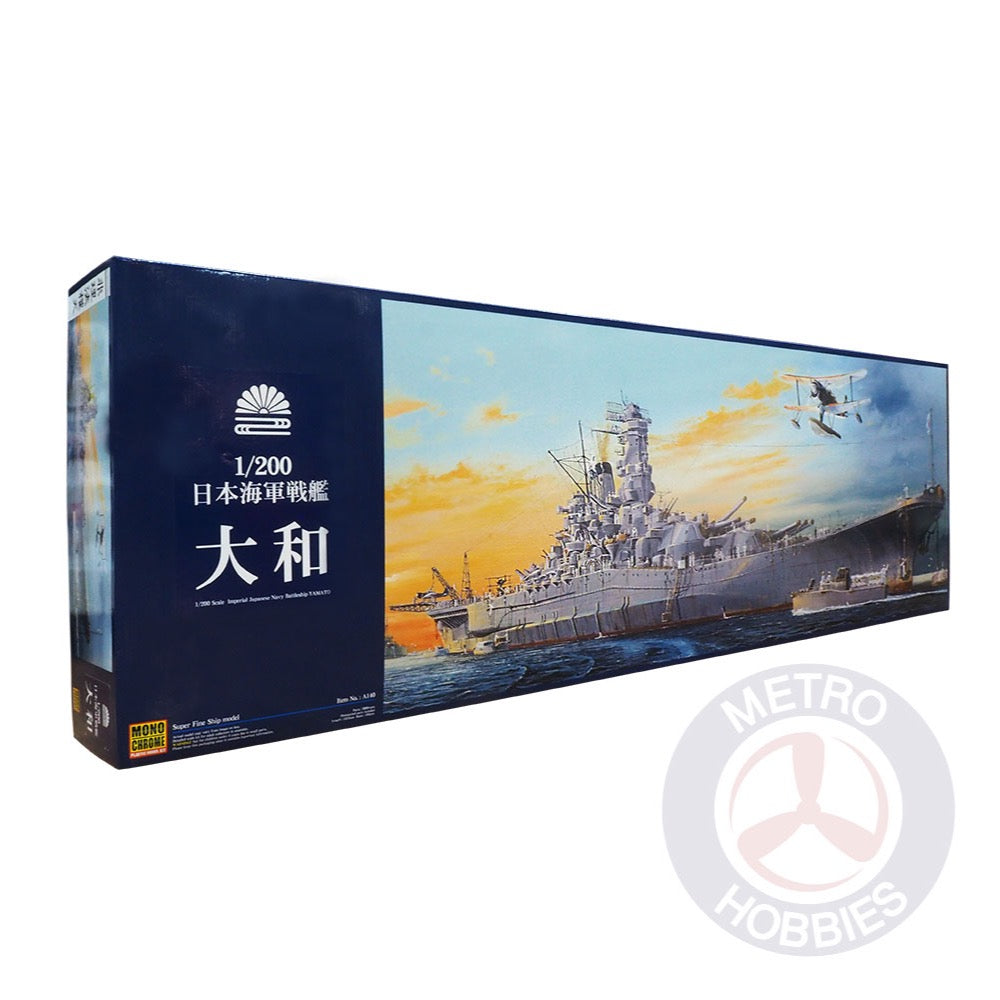
Monochrome 64010 1/200 IJN Yamato Battleship
The Yamato was the lead ship of her class of battleships built for the Imperial Japanese Navy shortly before World War II. The Yamato, along with her sister ship Musashi, were among the largest battleships to ever see service with any combatant at 72,000 tons fully loaded. This is the first recent tool kit of this ship since the 1968 radio control kit released by Japanese company Nichimo.
This super-detailed 1/200-scale model kit of the legendary Japanese Navy battleship Yamato will be over a meter long when completed, and has an incredible 2,800 parts. Its massive 46cm guns and turrets are replicated with a completely new mould, and 15 sheets of photo-etched parts are included, as are decals. Fine recessed panel lines and wooden deck are simulated in styrene.
Specifications
- Full length approx 131cm
- Full width approx 19cm
- 2800 parts
- Mixed media of clear and grey plastic plus photo etch parts
- Single piece slide molded superstructure
- Metal frame reinforced hull
Box Size/Weight : 144 x 46.5 x 16.5 cm / 9280g
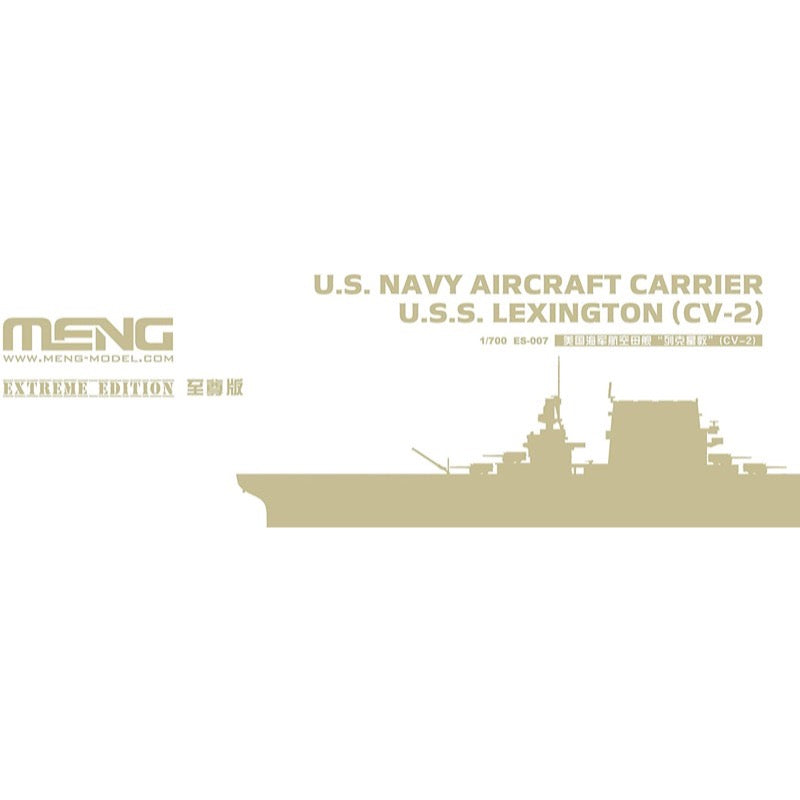
Meng ES-007 1/700 U.S. Navy Aircraft Carrier U.S.S. Lexington (CV-2)
The USS Lexington (CV-2) was an American aircraft carrier which saw service early in the Pacific during World War II. Nicknamed "Lady Lex", it fought in the early battles against the Japanese and valiantly held the line during the early battles. She was mortally wounded during the Battle of the Coral Sea. the first battle between naval forces which never fired upon each other but relyied totally on aircraft. Lexington was scuttled by an American destroyer during the evening of 8 May to prevent her capture.
The wreck of Lexington was located in 2018 off the northeastern coast of Australia in the Coral Sea.
This is a special release of Meng's 1/700 USS Lexington with an extensive photo-etch metal parts upgrade. High quality, precision plastic model kit. Paint and glue not included. Requires assembly and painting. For intermediate to advanced skill modellers.

Trumpeter 06247 1/350 SBU Scout Bomber
SBU Scout Bomber
Specifications
-
Model Brief: Length: 24.40 mm Width: 28.94mm
-
Total Parts: 72pcs
-
Total Sprues: 6pcs sprues
-
Paint Schemes: US NAVY
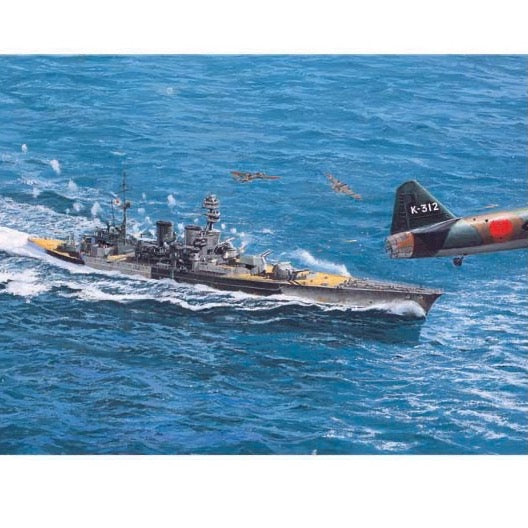
Trumpeter 05763 1/700 HMS Repulse Battle Cruiser
HMS "Repulse" is a Prestige-class battlecruiser built in Scotland and completed in 1916. She subsequently underwent extensive refitting, which was completed in 1922. Between 1933 and 1936, Repulse was modernized again, including improvements to deck armor, hangar and aircraft catapults, and the addition of a large number of anti-aircraft weapons. In the first two years of World War II, she accompanied the Home Fleet on missions in the North Sea and the Atlantic. In May 1941, she participated in the search for Bismarck. Next she was sent to the Far East with HMS Prince of Wales. When the two ships arrived in Singapore, Japan was launching the Pacific War, and the Japanese Malay Ozawa Fleet was responsible for covering the Japanese landing fleet's landing on the Malay Peninsula. HMS Repulse and HMS Prince of Wales immediately sailed from Singapore to intercept the Japanese fleet. After many twists and turns, they did not encounter the Japanese fleet, but they encountered the Japanese land-based aviation force. On the way back to Singapore, Repulse and Prince of Wales were attacked in turn by Japanese high-altitude bombers and torpedo planes. Repulse was damaged by bombs and later hit by several torpedoes. After suffering such a fatal hit, she sank quickly, followed less than an hour later by the Prince of Wales.
Features
- One-piece slide-molded upper hull
- Lower hull made from two-directional slide molds
- Sponsons are represented on lower hull by slide-mold
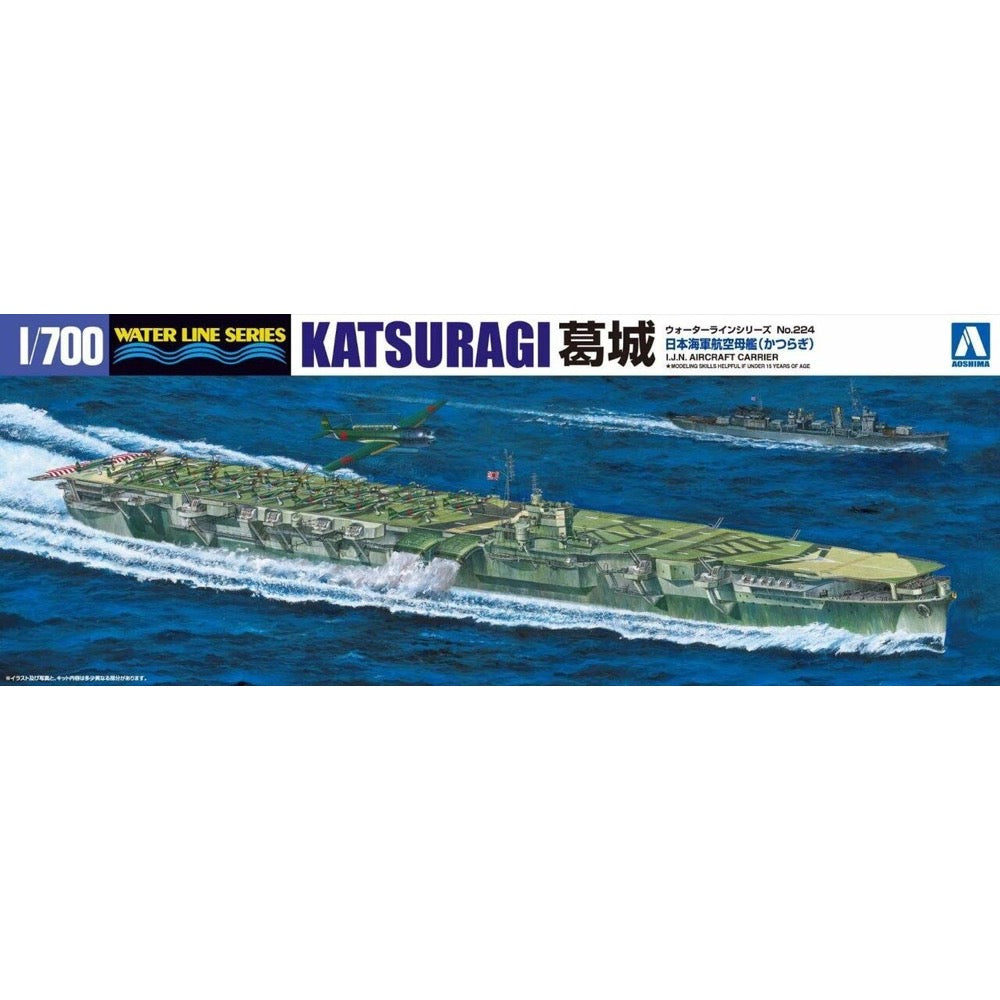
Aoshima A000095 1/700 I.J.N. Aircraft Carrier Katsuragi
Highly detailed waterline kit of the Katsuragi, with colorful decals to represent the interesting camo pattern on the flight deck.
Katsuragi was the third and final Unryū-class aircraft carrier of the Imperial Japanese Navy built during World War II. Named after Mount Katsuragi,[1] in Nara Prefecture, and completed late in the war; she never embarked her complement of aircraft and spent the war in Japanese waters. The ship was badly damaged in a July 1945 airstrike by American carrier aircraft on Kure Naval Base. Repaired after the end of the war, Katsuragi was then used as a repatriation transport for a number of months, bringing Japanese soldiers and civilians back to Japan from overseas locations. She was scrapped in Japan beginning in late 1946.
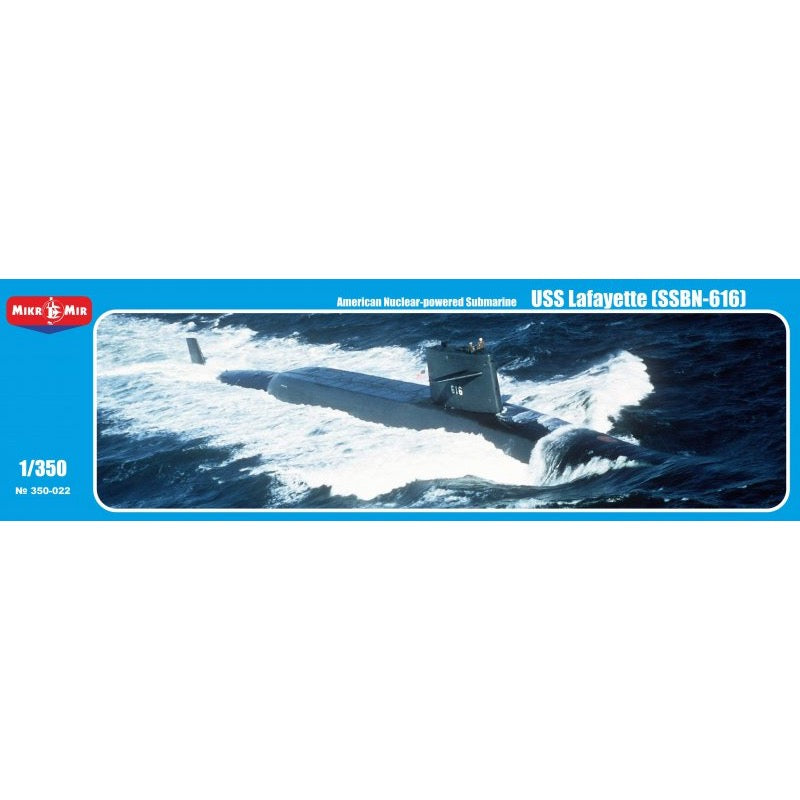
Mikro-Mir 350-042 1/350 SSBN-608 Ethan Allen
USS Lafayette (SSBN-616), the lead ship of her class of ballistic missile submarine, was the third ship of the United States Navy to be named to honor Gilbert du Motier, marquis de Lafayette (1757–1834), a French military hero who fought alongside and significantly aided the Continental Army during the American Revolutionary War.
Lafayette's keel was laid down on 17 January 1961 by the Electric Boat Division of General Dynamics in Groton, Connecticut. She was launched 8 May 1962, sponsored by First Lady Jacqueline Kennedy, wife of John F. Kennedy, the 35th President of the United States, and commissioned 23 April 1963 at Groton, Connecticut, with Commander P. J. Hannifin in command of the Blue Crew and Commander James T. Strong in command of the Gold Crew.
The first eight submarines initially deployed with the Polaris A-2 missile, later being refitted with the longer ranged Polaris A-3, with USS Daniel Webster (SSBN-626) having the A-3 missile from the start. In the mid-1970s all were upgraded to carry the Poseidon C3 missile; their missile tubes were slightly larger than the Ethan Allen and George Washington classes and Poseidon was designed to take advantage of this
The Lafayettes and their successors were equipped with a hovering system to manage trim more effectively when firing missiles; this increased the missile rate of fire from one per minute to four per minute.
The Lafayettes were decommissioned between 1986 and 1992, due to a combination of SALT II treaty limitations as the Ohio class SSBNs entered service, age, and the collapse of the Soviet Union. One (Daniel Webster) remains out of commission but converted to a Moored Training Ship (MTS-626) with the missile compartment removed. She is stationed at Nuclear Power Training Unit Charleston, South Carolina, along with USS Sam Rayburn (MTS-635).


